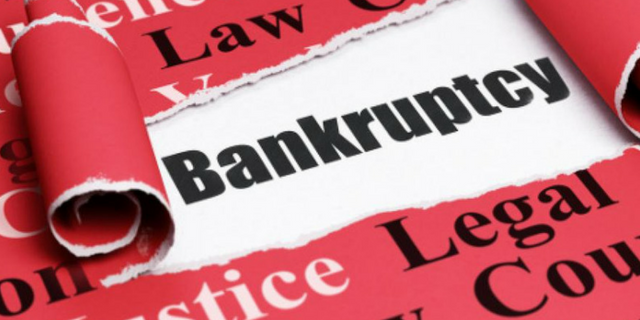Comprehending Bankruptcy
Personal bankruptcy offers a specific or company a possibility to begin fresh by forgiving debts that just can not be paid while offering creditors a possibility to acquire some procedure of payment based on the individual's or company's properties readily available for liquidation. In theory, the ability to file for insolvency benefits the general economy by enabling individuals and business a 2nd opportunity to access to credit and by providing creditors with a portion of debt repayment. Upon the successful completion of bankruptcy proceedings, the debtor is alleviated of the debt obligations that were incurred prior to declaring bankruptcy.
All bankruptcy cases in the United States are handled through federal courts. Any decisions in federal bankruptcy cases are made by a bankruptcy judge, consisting of whether a debtor is qualified to submit and whether they must be discharged of their debts. Administration over bankruptcy cases is typically dealt with by a trustee, an officer appointed by the United States Trustee Program of the Department of Justice, to represent the debtor's estate in the proceeding. There is usually very little direct contact in between the debtor and the judge unless there is some objection made in the case by a financial institution.
Types of Personal Bankruptcy Filings
Bankruptcy filings in the United States fall under among numerous chapters of the Insolvency Code, including Chapter 7, which involves the liquidation of properties; Chapter 11, which handles company or specific reorganizations; and Chapter 13, which sets up for debt repayment with decreased debt covenants or specific payment Check out this site strategies. Insolvency filing expenses differ, depending on the kind of insolvency, the complexity of the case, and other aspects.
Chapter 7 Insolvency

People-- and sometimes companies, with couple of or no possessions-- typically submit Chapter 7 bankruptcy. It enables them to dispose of their unsecured financial obligations, such as credit card balances and medical costs. Those with nonexempt assets, such as household heirlooms (collections with high assessments, such as coin or stamp collections); second houses; and money, stocks, or bonds should liquidate the home to repay some or all of their unsecured financial obligations. An individual submitting Chapter 7 insolvency is basically offering off their assets to clear their financial obligation. Individuals who have no valuable properties and only exempt residential or commercial property-- such as family goods, clothes, tools for their trades, and an individual car worth approximately a certain value-- might wind up repaying no part of their unsecured debt.
Chapter 11 Personal bankruptcy
Businesses frequently submit Chapter 11 personal bankruptcy, the goal of which is to rearrange, stay in organisation, and once again become rewarding. Submitting Chapter 11 bankruptcy allows a company to produce strategies for success, cut expenses, and find new ways to increase income. Their chosen investors, if any, might still get payments, though typical investors will not.
For example, a housekeeping company filing Chapter 11 insolvency might increase its rates somewhat and provide more services to end up being rewarding. Chapter 11 personal bankruptcy enables business to continue conducting its organisation activities without interruption while dealing with a financial obligation payment strategy under the court's guidance. In uncommon cases, people can likewise file Chapter 11 insolvency.
Chapter 13 Insolvency
Individuals who make too much money to get approved for Chapter 7 personal bankruptcy might submit under Chapter 13, also known as a wage earner's strategy. It permits people-- in addition to companies, with consistent income-- to develop convenient debt repayment strategies. The payment plans are commonly in installations throughout a three- to five-year period. In exchange for repaying their financial institutions, the courts enable these debtors to keep all of their residential or commercial property, including otherwise nonexempt home.
Other Personal bankruptcy Filings
While Chapter 7, Chapter 11, and Chapter 13 are the most common bankruptcy procedures, particularly as far as individuals are worried, the law also attends to numerous other types: